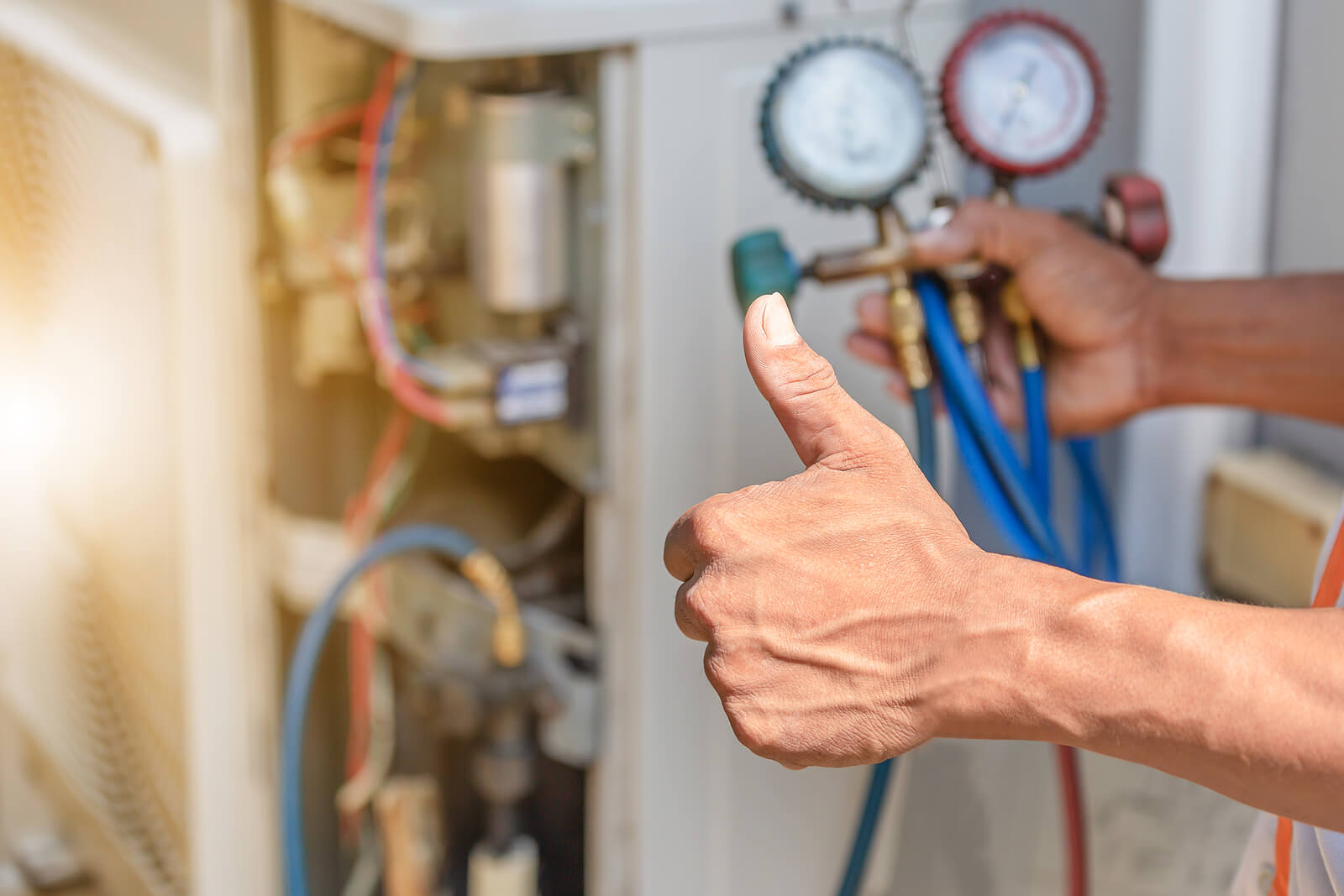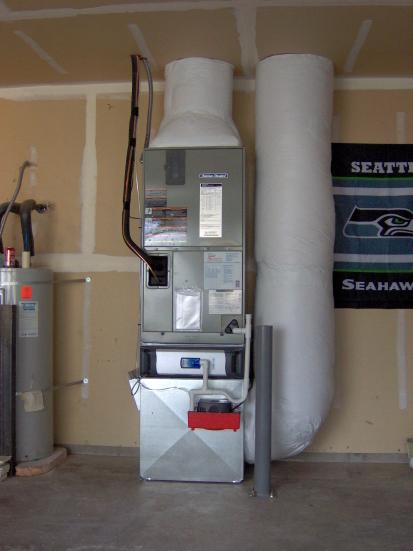The Ultimate Guide to Furnace Setup for a Cozy Home
Heater installment is a critical element of keeping a comfy home environment, especially throughout the cooler months. Understanding the various kinds of furnaces readily available and the significance of choosing the ideal size can significantly affect both effectiveness and comfort degrees. Additionally, a complete installation procedure, matched by the right tools and products, guarantees optimal efficiency. This overview intends to outfit home owners with the knowledge needed to make informed choices and execute efficient upkeep methods. As you consider these elements, the question stays: what actions can you take to ensure your heating system offers you well for several years ahead?
Types of Heaters

Gas heating systems are the most usual selection because of their efficiency and reduced operational expenses. They use natural gas or lp, providing fast home heating and constant efficiency, making them suitable for cooler environments.
Electric heaters, while normally easier to install and maintain, have a tendency to have greater functional expenses. They are frequently preferred in areas where gas solution is not available or for homes with existing electrical infrastructure.
Oil heaters, though less usual today, stay a viable alternative in particular areas. They shed heating oil, which can be advantageous throughout cooler months, however their dependence on oil shipment presents prospective difficulties.
In addition, there are high-efficiency models available throughout these types, which can dramatically decrease power consumption and energy bills - furnace installation. Ultimately, understanding these heater types will certainly aid house owners choose a system that lines up with their heating needs, spending plan, and power preferences
Picking the Right Dimension
Choosing the appropriate dimension for a heater is crucial to guaranteeing optimum efficiency and energy effectiveness. An undersized heater will have a hard time to maintain comfy temperature levels throughout the cold months, bring about increased wear and tear, higher power bills, and prospective system failing. Alternatively, an oversized heater may cycle on and off too regularly, resulting in inefficient home heating and irregular temperature distribution within the home.
To determine the right heater size, a calculation referred to as the Guidebook J load computation ought to be executed. This procedure assesses different variables, including the square video footage of the home, insulation levels, window sizes, and neighborhood environment conditions. This comprehensive analysis guarantees that the heater meets the specific home heating demands of the area.

Setup Refine Review
In terms of materials, you will certainly need ductwork, insulation, and sealing tape to guarantee optimal air flow and power effectiveness - furnace installation. It is likewise important to have a brand-new furnace filter available, together with airing vent materials, such as PVC pipeline or steel flue, relying on the type of heating system being mounted
Safety devices, consisting of handwear covers, goggles, and a face mask, is likewise crucial to safeguard against dust and particles throughout installation. Having all these devices and materials conveniently available not only enhances the process however also enhances the security and efficiency of the furnace installation.
Maintenance Tips for Long Life
To make certain the longevity of your furnace, it is necessary to execute a regular maintenance schedule that deals with crucial components of the system. Beginning by changing or cleaning up the air filter each to three months, as a blocked filter can limit air flow and decrease effectiveness. Furthermore, check and clean up the blower assembly to stop dirt accumulation that can impede performance.
Following, check the thermostat settings and recalibrate if needed to guarantee exact temperature level law. Evaluate the ductwork for leakages or blockages, as this can result in power loss and unequal home heating. Regularly oil the electric motor and bearings according to the manufacturer's suggestions to decrease wear and tear.
Professional evaluations need to take place every year, where a certified professional can analyze the heating system's general condition, check for gas leakages, and ensure that like this safety and security functions are working properly. Consider mounting a programmable thermostat to enhance energy usage and preserve consistent home temperatures. By adopting these maintenance techniques, you can enhance your heating system's performance, expand its life expectancy, and eventually delight in a comfortable and comfy home setting.
Final Thought
